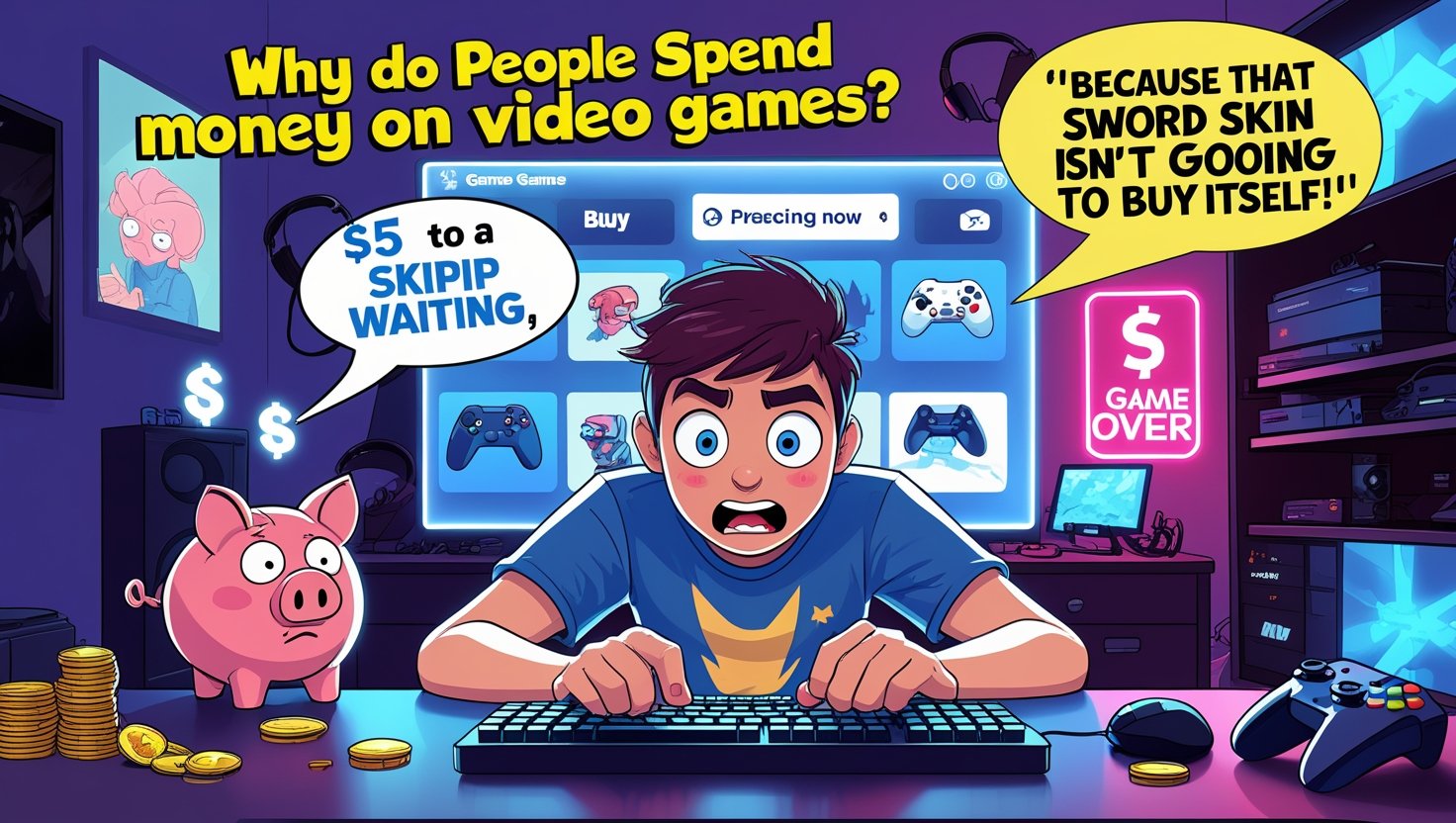Money wasn’t always crisp dollar bills or numbers blinking on a screen. It used to be real. Heavy. Something you could bite to test if it was legit. Gold, silver, cows, even salt. But money had to change. People got tired of hauling sacks of coins and trading cows for bread. They needed something easier. Something that wouldn’t break their backs.
This is the story of how money went from commodity money to a system of representative money.
The Beginning: When Money Was Real Stuff
Before money, people traded. You had goats. Someone else had wheat. You swapped. Simple, right? Except when it wasn’t. What if the wheat guy didn’t want goats? What if you had too many goats? What if your trade wasn’t fair?
Barter was messy. Unreliable. A nightmare. People needed something better. Something solid. Something that worked every time.
Read More: How to Borrow Against Life Insurance
Commodity Money: When Money Had Value Itself
So people started using stuff everyone wanted. Stuff with real value.
- Gold & Silver: Shiny, rare, and always worth something. Kings loved it. Thieves loved it even more.
- Salt: In Ancient Rome, soldiers got paid in salt. Without salt, food rotted. People needed salt to survive.
- Tea Bricks: In China, people squished tea into hard bricks and used them like cash. Drink it or spend it—your choice.
Commodity money was cool because it had actual worth. But it had problems, too.
The Trouble With Heavy Money
Gold was valuable. Until you had to carry it. Salt was great. Until it got wet. And cows? Forget about it. Try stuffing a cow in your pocket.
Problems:
- Too Heavy – Gold in your pocket? Cool. Gold in a sack? Not cool.
- Hard to Divide – You can’t rip a cow in half to pay for a loaf of bread.
- Not Always Lasting – Salt melts. Tea goes bad. Grain spoils.
People needed something smarter. Something lighter. Something that wouldn’t make them sweat every time they went to buy something.
Read More: Should I Buy Nvidia Stock in 2025
Paper Money: A Promise, Not a Thing
Then came paper money. Not gold. Not silver. Just paper. Worthless by itself. But backed by a promise.
Here’s how it worked:
- You gave your gold to a bank.
- The bank gave you a piece of paper.
- That paper said, “This is worth gold.”
- Instead of trading gold, you traded the paper.
Lighter. Faster. Smarter. Paper money was a game changer.
But there was a catch. Banks noticed something. People weren’t coming back for their gold. Not all at once. And that? That changed everything.
The Shift: When Money Became Just… Paper
One day, somebody somewhere figured it out. Nobody was marching into banks, demanding gold for their paper bills. Nobody was biting their coins, testing for real silver. Because nobody cared. Paper was money now. Because we said so. Because banks said so. Because everyone just nodded and went along with it.
No more gold, no more silver. Just a government promise. Just a piece of paper with a dead guy’s face. The new system had a name: fiat money. Latin for “Because we said so.”
Read More: Does Investment Banking See Your College Transcript
In 1971, the last thread snapped. The U.S. dollar stopped pretending it had gold hiding somewhere. It was just ink on paper, but it worked. Why? Because everybody agreed. If everybody agrees a thing has value, then it does. Even if it’s just fancy paper.
Money Today: More Invisible Than Ever
Now, even paper’s disappearing. Poof. Gone. You don’t carry it. You don’t touch it. Instead, you wave a little plastic rectangle, and a machine beeps, and you just bought a soda. A hoodie. A ticket to a movie.
Credit cards? Money you don’t have yet. Online banking? Money that’s just numbers on a screen. Cryptocurrency? Money that doesn’t even exist unless you’re looking at a computer.
Money isn’t gold. Money isn’t silver. Money isn’t even paper anymore. It’s trust. Invisible. Silent. Floating through the air like a ghost. And somehow, it still works.
It lets you buy sneakers, video games, and pizza. It lets people trade, grow, and build. And if we all keep nodding along, believing in it, the whole thing keeps spinning.
What’s Next? The Future of Money
The world won’t slow down. Paper money may vanish completely. Maybe future kids see a $5 bill in a museum and say, “Wait, you guys carried these around?”
Cryptocurrency Maybe. Bitcoin. Ethereum. Digital coins. All floating in a place you can’t touch, can’t see. But if everyone believes, they work. Just like paper did. Just like gold did.
Maybe your bank is an app. Maybe you pay for snacks with a scan of your eye. Maybe money turns into something nobody has even imagined yet.
Read More: What is Modern Investing
Here’s the thing: money is never about what it’s made of. It’s about trust. Always has been. Cavemen traded shells and rocks. Kings stamped their faces on gold coins. Now, we tap screens and send invisible dollars into the void. And as long as we all believe, the money machine keeps humming.
The world changes. Money changes. But the game stays the same. Trade. Buy. Sell. Grow. Believe. And whatever comes next? Get ready. Because money never stops evolving.



